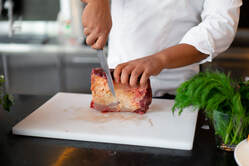 Restaurant operators have had to get creative in developing new streams of income in recent years – but the food safety practices that govern one area of the business may not sufficiently cover another. In fact, the recent Institute for the Advancement of Food and Nutrition Sciences' Annual Meeting and Science Symposium addressed food safety concerns associated with the rise of e-commerce, ghost kitchens, and delivery in food retail. For example, there are hundreds of vendors offering perishable meat products across the U.S., yet no federal regulatory oversight of these vendors and few barriers to entry for online meat and seafood vendors. A Food Safety Magazine report said consumers’ high level of trust many times does not correspond with the food safety precautions taken by the companies used for deliveries. Ghost kitchens, which often handles a wider range of cuisines and ingredients than an individual restaurant would, require extra vigilance when it comes to preventing cross-contamination. As you build new income streams into your business, how are you ensuring that the food safety culture you have developed in your restaurant also infuses these new paths between you and your customer?  Food safety maintenance can be a thankless job – noticed most frequently after an inspection has revealed problems or a guest has become ill. September is Food Safety Education Month. As it approaches, plan to leverage the occasion to reinforce your safety procedures with your staff in a positive way. Consider having a safety quiz or a monthly/weekly on-the-spot prize for employees observed to be using key safety practices. Challenge employees to complete tasks that earn them food safety raffle tickets over the course of the month, with a prize drawing at the end. By making food safety more fun and less punitive, you may be able to set your business – and staff – on a positive trajectory when it comes to applying best practices.  Your food safety program can’t be static. Evolving health risks, new staff and changing employee roles all make it important for restaurants to regularly track their adherence to – and communication of – their food safety procedures. Having an understanding of how you’re performing between inspections can help you adjust your training practices and even give you an opportunity to improve employee engagement by rewarding those who uphold your best practices (not simply penalizing those responsible after a food safety incident occurs). Steritech developed a quiz to help operators get a snapshot of how they are performing when it comes to food safety. It may serve as an extra tool to help you monitor what you do well and where you have room to improve.  Supply chain strains and the war in Ukraine have challenged food security around the globe and, in the process, increased the likelihood for food fraud. Seafood, which is regularly traded, is especially susceptible to it, but grains, meat and legumes have also been impacted by food fraud in recent years. Chris Elliott, food safety expert and founder of the Institute for Global Food Security at Queen’s University in Belfast, Northern Ireland, told New Food magazine recently that one of the biggest consumer risks from food fraud is the fraudulent introduction of allergens into food products, which threaten the health of a restaurant’s customers. That risk is followed by the emergence of new proteins that may come from unsustainable sources. Restaurants can best protect themselves from the rising risk of food fraud by sourcing items locally, which simplifies and clarifies the supply chain; closely monitoring the path an ingredient must take to reach their business; assessing any vulnerabilities that may exist with staff, technology, inventory procedures and suppliers; and being transparent with both staff and customers about sourcing – it will naturally help increase an operation’s awareness of fraud when it occurs. 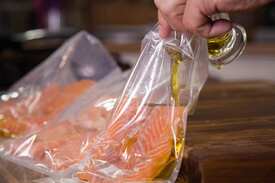 Sous vide food preparation has been on the rise as a means of using labor effectively and ensuring food quality and consistency. At a time when consumers are increasingly aware of restaurants’ use of plastic, it can help to arm your staff with some facts about the plastic pouches used in sous vide cooking. As Food Safety Magazine reports, it’s common for consumers to view plastic as a material that can pass toxins on to the food and drink that come into contact with it – but plastics used at the restaurant level are safe and nontoxic. In fact, suppliers of sous vide pouches are required as part of their HACCP plan to guarantee safety in a few specific areas, according to A.J. Schaller, Executive Chef of the Culinary Research & Education Academy: "Food service operations that cook sous vide should be using pouches that have no oxygen transfer rate, no endocrine-disrupting chemicals, and also are rated for high temperatures," he said. During these environmentally conscious times, an added bonus of sous vide bags is that more biodegradable, compostable varieties have been coming to market too.  If you’re still using manual checklists to manage food safety tasks, making the switch to digital can provide benefits in multiple areas. Beyond just helping you ensure tasks are completed, digital checklists can provide labor-saving assistance at scale – allowing you to view evidence of task completion across multiple locations at once, while also helping you predict food safety threats remotely. A Food Safety Tech report says that if a manager notes that the tables in the dining room are overdue to be cleaned, for example, they can alert employees to the problem and prompt action – something likely to be missed if that task were to be tracked manually. 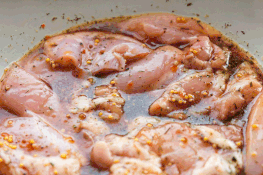 We’re all trying to do more with fewer resources right now. But that doesn’t apply to your marinades. When training new staff, ensure they understand how to handle marinades safely – including always marinating in the refrigerator and most importantly, avoiding the repurposing of marinades for other animal proteins or vegetables. A recent U.S. Foods report advises, discard fresh marinades after one day and pre-packaged marinades by the expiration date – and in the event you use any reduced-oxygen packaging, ensure you have a Hazard Analysis Critical Control Point plan to support it.  Popular as barbecuing is, preparing and serving food outdoors elevates its safety hazards. In fact, the summer months see twice as much foodborne illness as other months of the year. If you’re grilling food outdoors for guests, be vigilant about food temperatures and rely on thermometers, not your eyes, to tell you when a food is cooked. According to the USDA, one out of every four burgers turns brown before it reaches the recommended 160° F temperature. (Hot dogs, chicken and veggie burgers should reach 165° F and steak is done at 145° F.) Remind staff to keep foods out of the temperature danger zone between 40-140° F. In the summer heat, it doesn’t take foods long to drift into this zone, in which bacteria multiply rapidly. |
subscribe to our newsletterArchives
July 2024
Categories
All
|
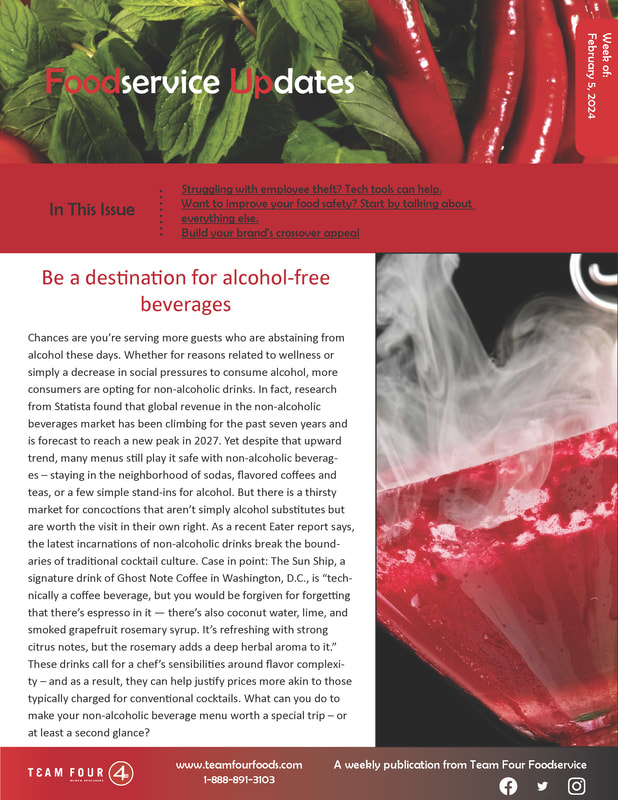
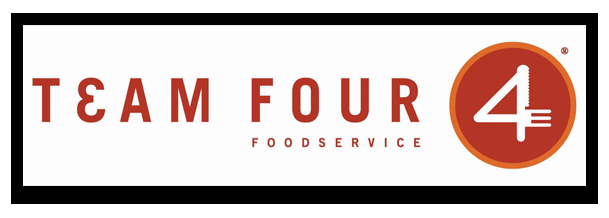
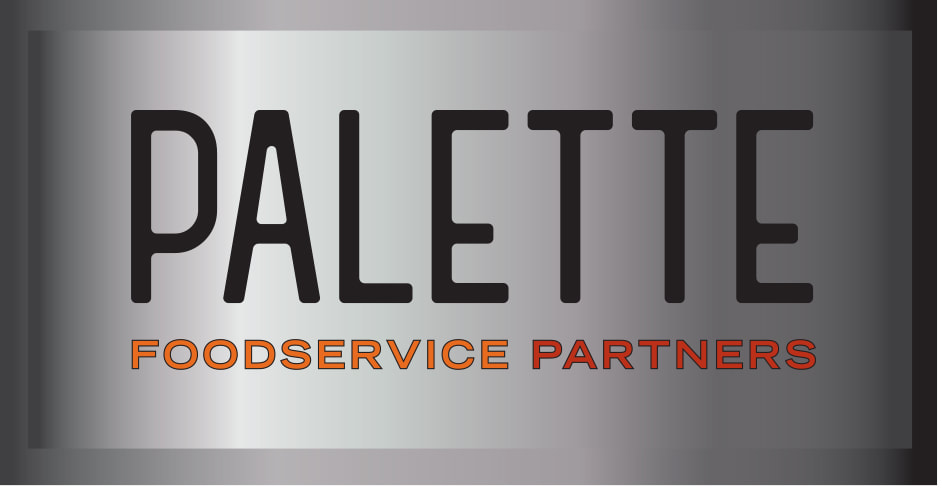
 RSS Feed
RSS Feed